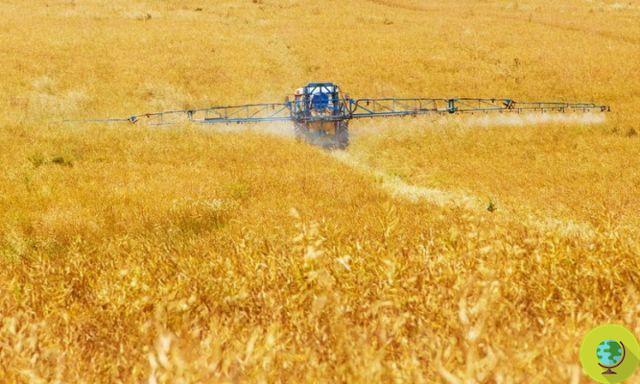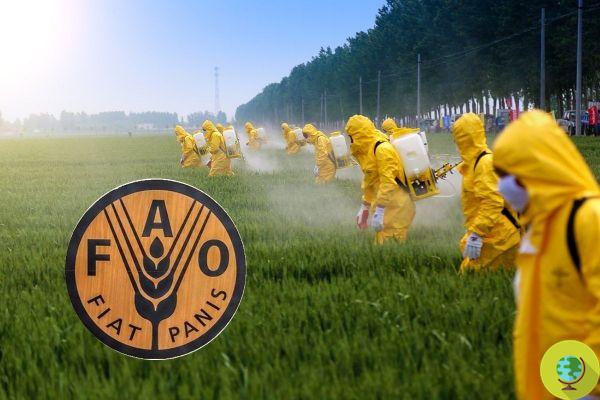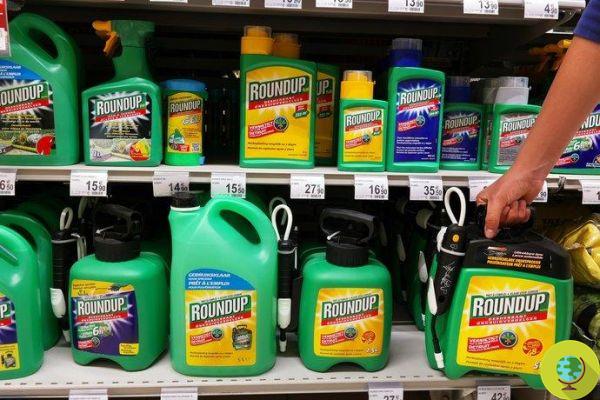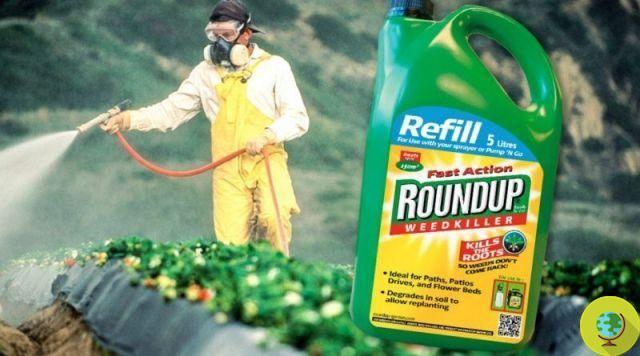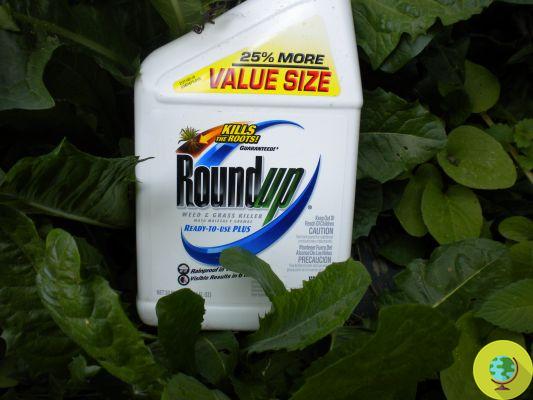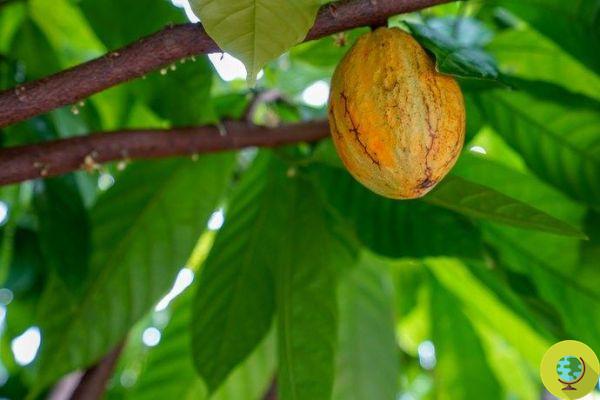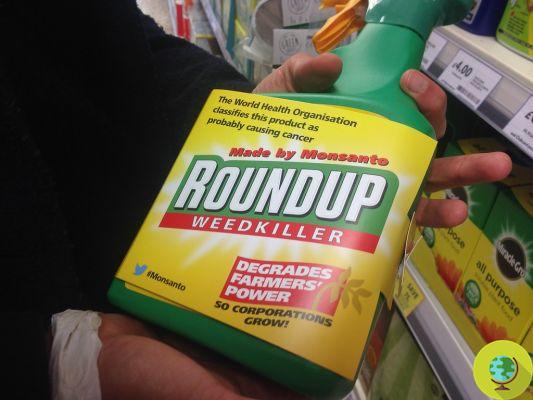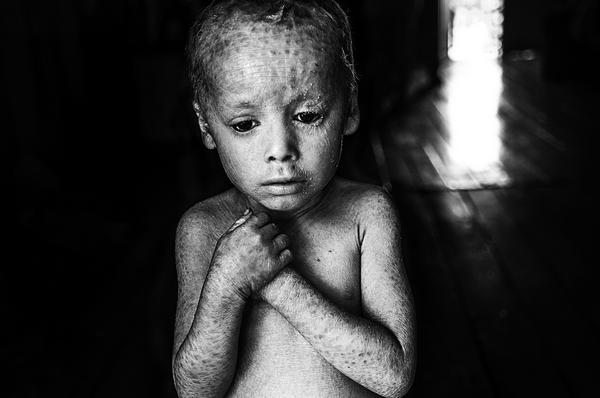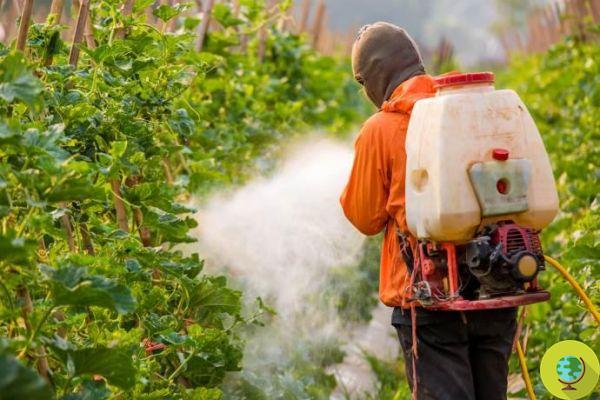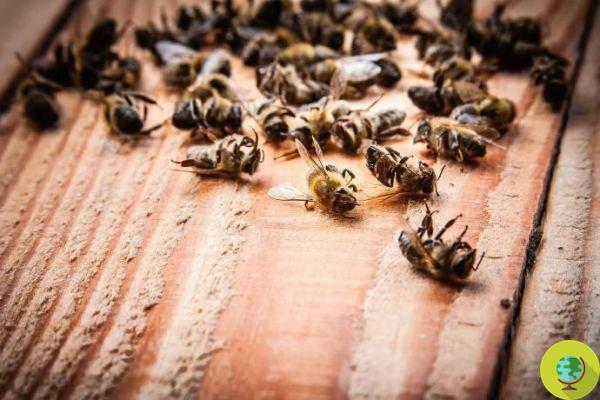
Bee die-off: from the United States, experts point the finger at the most common fungicides, in particular against chlorothalonil.
He is about to end up run over, his mother saves himBee die-off. And if the depopulation of hives, but also the decline of bumblebees and pollinating insects in general, depended (also) on the excessive use of fungicides?
It is the alarming discovery that comes from the United States, where experts point the finger at the most common fungicides, in particular against chlorothalonil. How fungicides kill bees is still being studied, but studies are very likely to make the "nosema" parasite, deadly to bees, even more aggressive, or will in any case aggravate the toxicity of others. pesticides.
Therefore, the widespread decline of bees and other pollinators, extremely worrying because they are the ones who fertilize about 75% of all food crops, with half of the pollinations carried out by wild species. Pesticides, habitat destruction, disease and climate change are all implicated in bee deaths, but relatively little research has been done on the complex question of what causes the most damage.
A systematic review
Now, the new research published in Proceedings of the Royal Society has analyzed - using statistical methods of machine learning - the role of 24 different factors in the possible decline of four species of bumblebees, traced in 284 sites in 40 states of the United States. These also included habitat type, human population and pesticide use among others.
What emerged was that in particular chlorothalonil, the most widely used fungicide in the United States (but also in the United Kingdom, where it was used on 4,5 million hectares of land in 2016 alone - Source), was most strongly linked to nosema, while the general use of fungicides was the best viaticum for bumblebee losses.
"I'm definitely surprised - says Scott McArt of Cornell University - because fungicides have so far been practically neglected."
Still, some studies show that fungicides can make nosema even more harmful to bees, possibly by killing beneficial gut microbes.
"The way humans manage the landscape is endangering the lives of bees and while progress is apparently being made towards a total ban on pesticides - such as neonicotinoid insecticides - even a very common fungicide could also cause decline. of wild bees. We therefore need new and urgent new studies, ”says Matt Shardlow of the Buglife association.
Pesticides, fungicides and the more you have the more you put in short. Evidence after evidence now demonstrates the severe harm to bees caused by neonicotinoids, while new research shows that the combination of neonicotinoids and reduced food supplies reduce bee survival by 50%.
Another study shows that neonicotinoids reduce the survival of bumblebee queens and the time it takes to secure their nest, which is likely to harm the colony's long-term survival.
The European Commission should vote the total ban of the neonicotinoids in the fields, which are a serious threat to other creatures as well, in these first months of 2018.
Read also:
- Because bees and bumblebees are disappearing
- Bees: Exposure to neonicotinoid pesticides hinders and damages pollination
- Neonicotinoid pesticides: in addition to bees, they also kill butterflies and birds (petition)
- Bees die-off: neonicotinoid pesticides are to blame, confirmed in a new study
Sign the petition calling for a ban on pesticides harmful to bees and other pollinators and the extension of the European ban to neonicotinoids.
Germana Carillo




